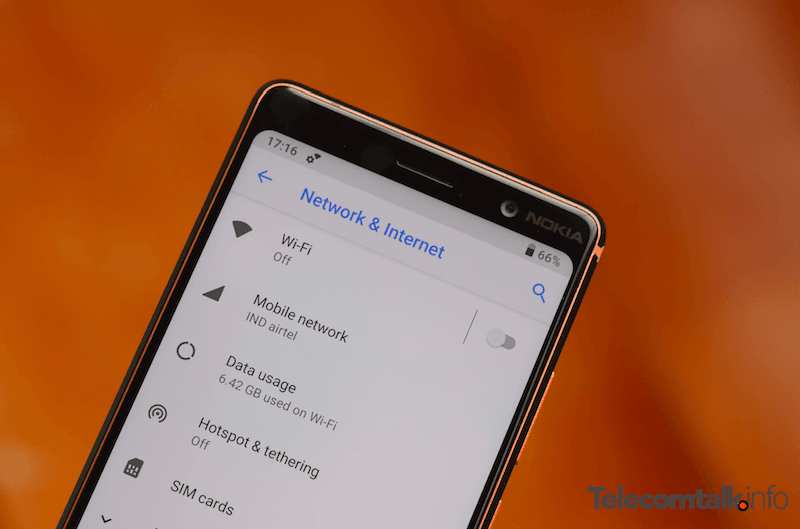During the CES 2018 earlier this year, Wi-Fi Alliance had announced officially that it would be releasing the WPA3 security protocol for Wi-Fi devices all over the world. Now after months, the consortium of companies which sets up security standards for consumer Wi-Fi products has introduced the WPA3 protocol for authenticating devices on the same network. It is noteworthy that this new update on the Wi-Fi protocol comes 14 years after WPA2 came into existence. However, because of the KRACK (key reinstallation attack) which affected a lot of networks in the past years, the need for a better and more secure protocol was imminent.

Wi-Fi Alliance in its blog post said: "All WPA3 networks use the latest security methods, disallow outdated legacy protocols, and require the use of Protected Management Frames (PMF) to maintain resiliency of mission-critical networks.” Besides this, the consortium has released improvements in terms of WPA3-Personal and WPA3-Enterprise protocols.
The important thing to note about the WPA3-Person is that it offers "more resilient" password-based authentication while using non-complex combinations. Wi-Fi Alliance illustrated that this is done with the help of Simultaneous Authentication of Equals (SAE), a secure key establishment protocol that provides protection against password guessing attempts.
Unlike WPA3 Personal, WPA3-Enterprise facilitates 192-bit security suite for networks transmitting sensitive data. This network protocol would be used by finance and government organisations. The company also remarked that WPA3 would be termed as a requisite for all new Wi-Fi devices over the world, as slowly it will become the standard. Interoperability with WPA2 devices will be maintained while WPA3 is rolled out.
Also, for devices which facilitate internet connectivity and have no or limited screen, there is going to be Wi-Fi Certified Easy Connect. This programme will help in easing the process of onboarding such devices while maintaining security standards. Using this, devices will be simply able to join a network by just scanning a QR code.
It has also been clarified that Wi-Fi Certified Enhanced Open will ensure that the protection on these devices is up to the mark while side by side simplifying the process of joining public Wi-Fi networks.















